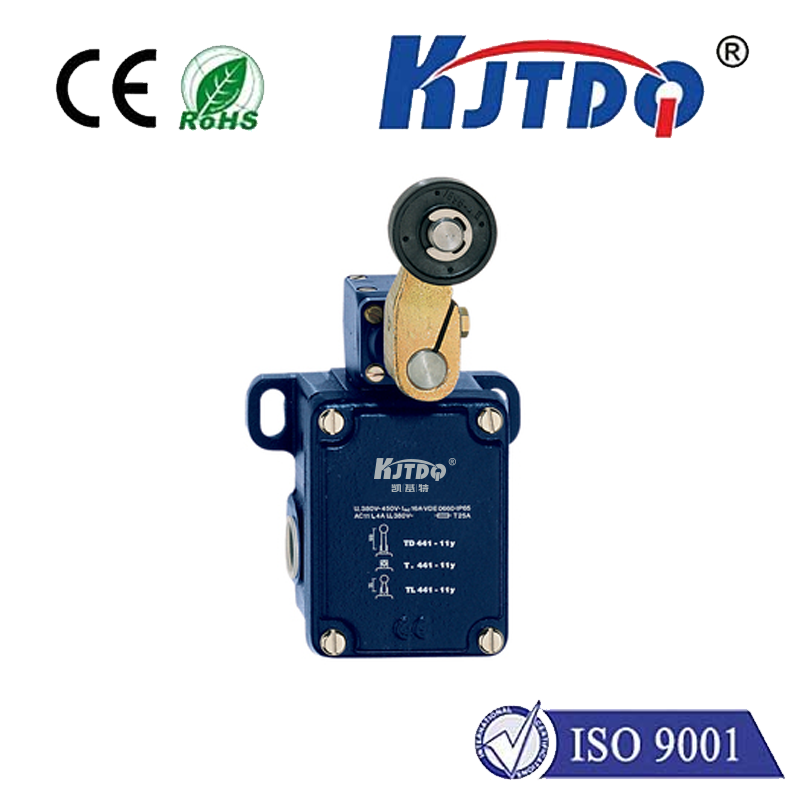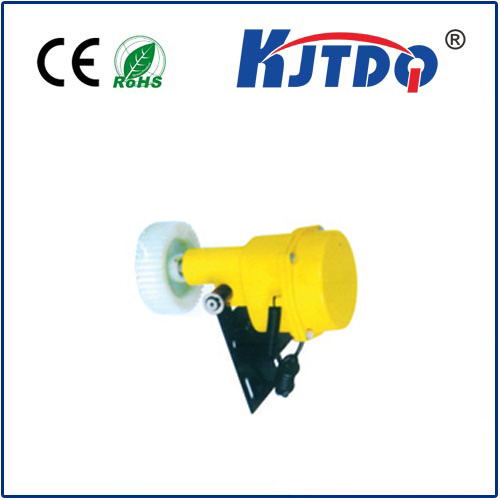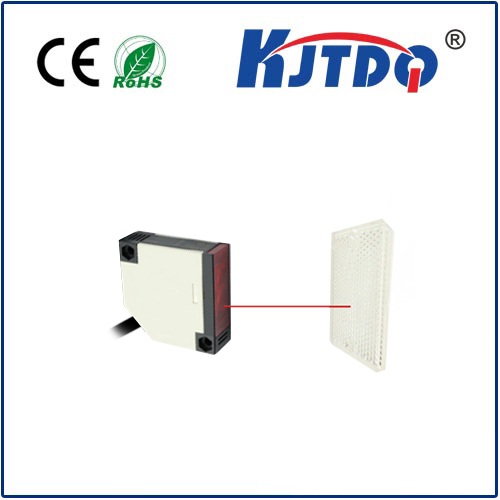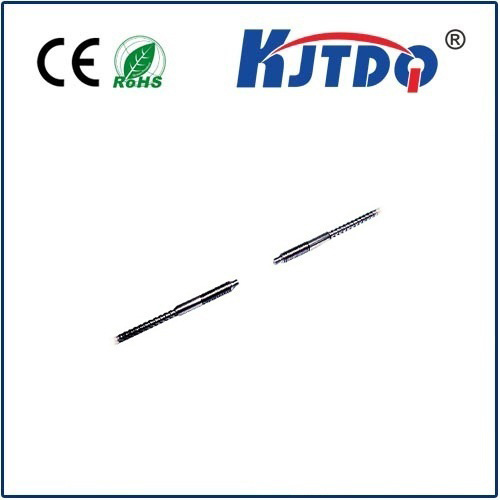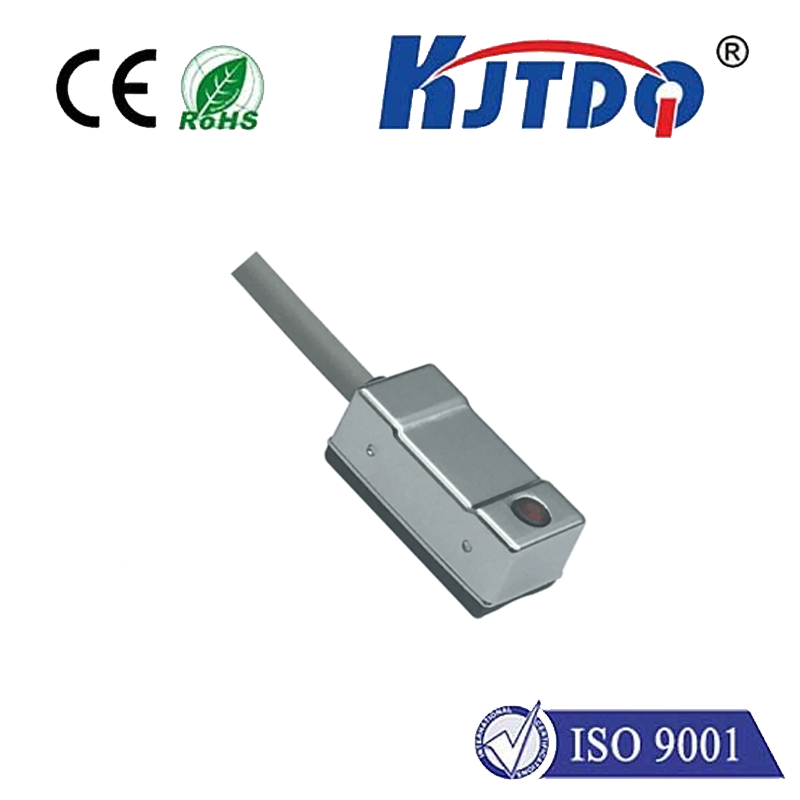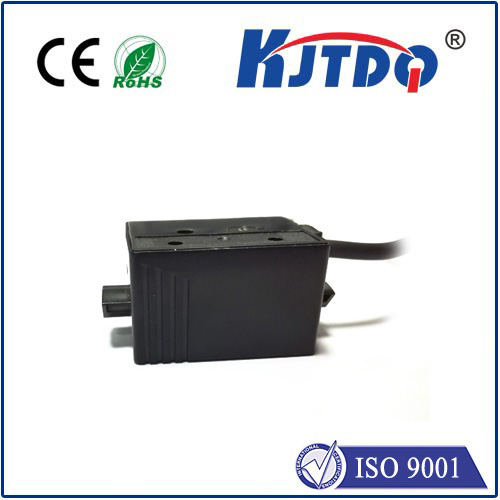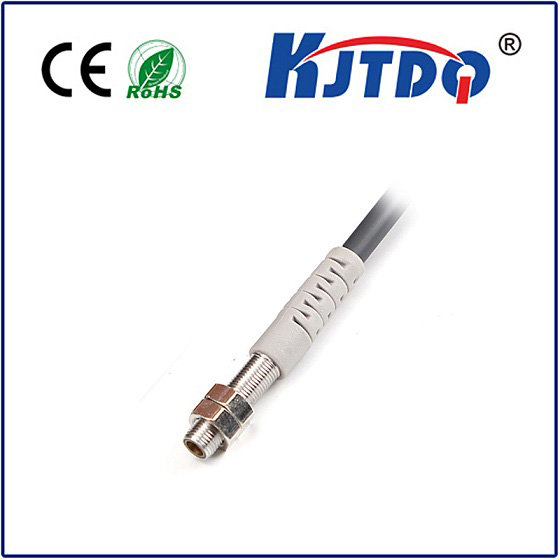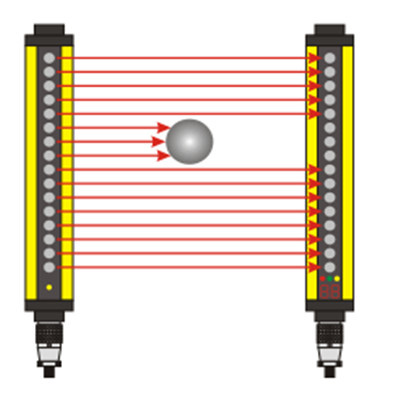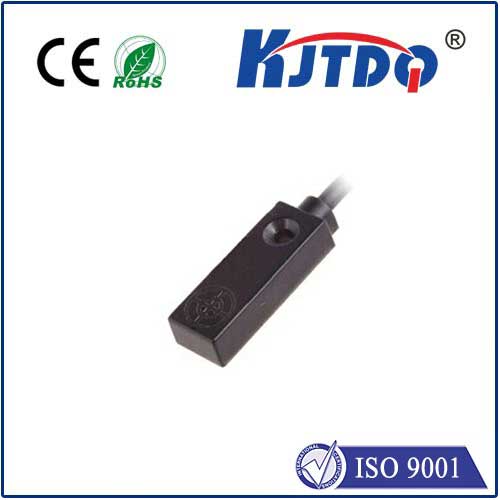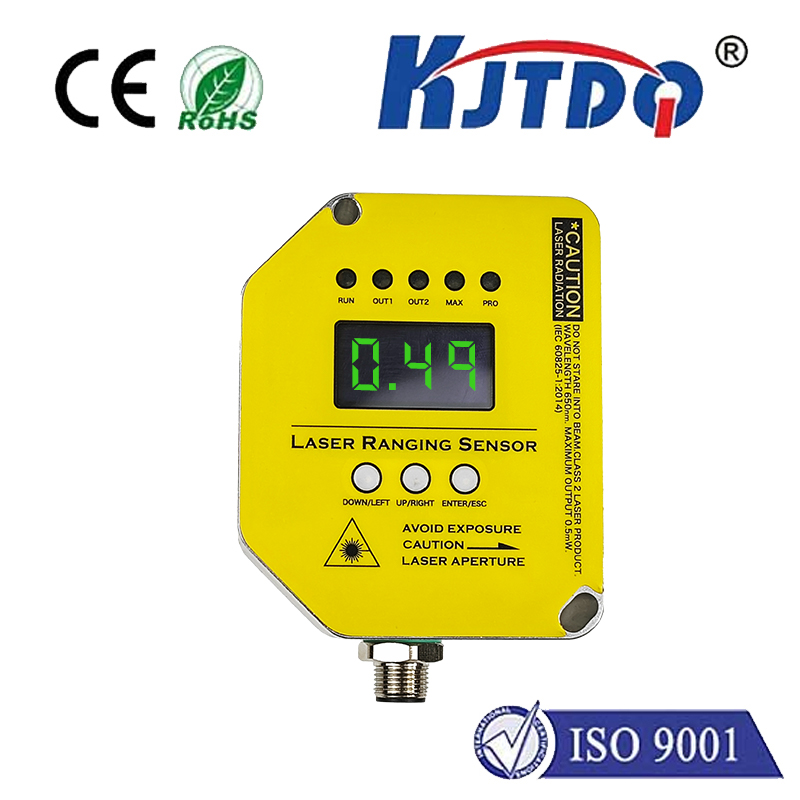

check

check

check

check

check

check

check

check

check

check
Title: Exploring the Long Range Photoelectric Sensor: An Innovation in Detection Technology
Introduction
In the ever-evolving world of technology, advancements are constantly being made to improve our lives. One such innovation is the long range photoelectric sensor, a device that has revolutionized the field of detection technology. This article will delve into the features and applications of this fascinating tool, highlighting its importance in various industries.
Working Principle

The long range photoelectric sensor operates on the principle of detecting changes in light intensity. It consists of a transmitter and receiver unit, which work together to detect objects within a specified range. When an object passes between the transmitter and receiver, it disrupts the light beam, causing a change in voltage that triggers an alarm or other response mechanism. This simple yet effective design allows for highly accurate detection over long distances.
Applications in Industry
The long range photoelectric sensor has found numerous applications across various industries. In manufacturing, it is used to monitor production lines and ensure that products are moving at the correct speed and direction. In transportation, it plays a crucial role in railway signaling systems, ensuring trains do not collide by detecting their position and movement. Additionally, it is utilized in security systems to detect intruders or unauthorized access to restricted areas.
Benefits of Long Range Photoelectric Sensors
One of the primary benefits of long range photoelectric sensors is their ability to detect objects at greater distances than traditional sensors. This makes them ideal for use in large open spaces where other sensors may struggle with accuracy or reliability. They are also highly versatile, able to detect a wide range of objects from small animals to large vehicles. Furthermore, they offer excellent performance in harsh environments, making them suitable for outdoor use.
Challenges and Future Developments
Despite their numerous advantages, long range photoelectric sensors face challenges such as environmental factors like fog, rain, and snow, which can affect their accuracy. To overcome these challenges, researchers are exploring new materials and designs to improve their performance in adverse conditions. Additionally, advancements in artificial intelligence and machine learning are expected to enhance the capabilities of these sensors, enabling them to analyze data more efficiently and make smarter decisions.
Conclusion
The long range photoelectric sensor represents a significant milestone in detection technology, offering unparalleled accuracy and versatility across various industries. As we continue to push the boundaries of what is possible, we can expect further innovations that will enhance the capabilities of these devices even further. With their potential to transform industries and improve safety measures, long range photoelectric sensors are undoubtedly a technology worth watching in the years to come.
